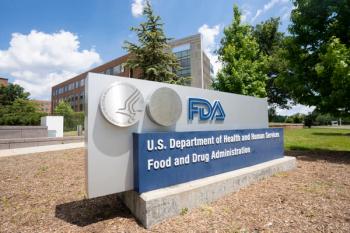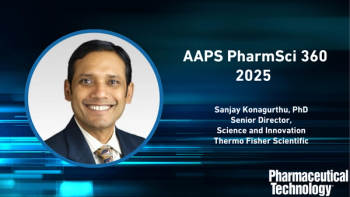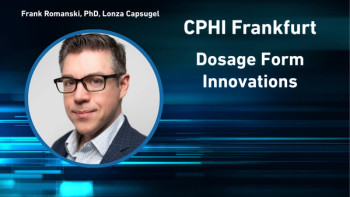
Pharmaceutical Technology Europe
- Pharmaceutical Technology Europe-08-01-2014
- Volume 26
- Issue 8
Emerging Opportunities with Biosimilars
To realise the full potential for biosimilars, stakeholders must build a better understanding of biosimilars and to take a comprehensive view of how these important medicines can fit into treatment pathways.
Biosimilars—A New Era Unfolds
With a number of branded biologics hanging at the patent cliff, the future looks promising for biosimilars.
Biologics play an important role in today’s global healthcare arena. The biologic medicines market is expected to grow to $190-200 billion by 2015 and their overall market share is expected to double by 2020 (1). With an increasing focus on cost containment, markets are considering a range of pricing strategies to help manage the growth in spending on this segment of the healthcare market.
As patents expire on biologic medicines, biosimilars continue to emerge in Europe and elsewhere as therapeutic alternatives. In Europe, since 2006, 11 unique biosimilar medicines have been approved, currently marketed as 17 different brands (2). Until 2013, these medicines had been limited to just a few categories (such as human growth hormones, filgrastims and erythropoietins), but in September 2013, the European Commission authorised the approval of the first monoclonal antibody (mAb), a TNF-inhibitor, followed by biosimilars of follitropin alfa (2).
Pharmaceutical Technology Europe
Between 2006 and 2012, sales of the reference product and its biosimilars were $1.2 billion and the rate of uptake of these biosimilars, although growing rapidly, did not match the familiar pattern of traditional small-molecule generics (3). In 2012, the European Commission sponsored a review of the biosimilars market and determined that biosimilars market share varied between 7-18% of the accessible market (4).
Reimbursement authorities in Europe are exploring to what extent they can expect the level of cost savings for biosimilars to be. The discussion has moved beyond what discounts may be on launch of a biosimilar to what competition will deliver in terms of price erosion and increased access. The European Commission noted that “compared to chemical molecules, the savings expected are less prominent due to the high costs involved in the development of biosimilars” (5).
To realise the full potential for biosimilars, the challenge now for all stakeholders is to build a better understanding of biosimilars and to take a comprehensive view of how these important medicines can fit into treatment pathways in a way that meets the needs of healthcare systems while providing benefit to patients.
References
1. D. Long, “The US Pharmaceutical Market: What’s in? What’s out? What’s ahead?” presentation at ASAP Conference (Florida, Jan. 2014).
2. EMA,
3. IMS, Biosimilars: about to leap?, June 2012.
4. IMS, Biosimilar accessible market: size and biosimilar penetration, Apr. 2012.
5. European Commission,
About the Author
Virginia Acha, DPhil, is director of regulatory policy, Europe, Middle East and Africa, at Amgen.
Articles in this issue
over 11 years ago
Serialisation, Aggregation and Authenticationover 11 years ago
Single-Use Systems: Enabling the Future of Biologics Manufacturingover 11 years ago
Protecting Drug Safetyover 11 years ago
Trends in Single-Use Biomanufacturingover 11 years ago
Polymers for Solubility Enhancementover 11 years ago
Innovations and Future Trends in HPLC Column Technologyover 11 years ago
Advances in Film Coatingover 11 years ago
Biosimilar Development: 10 Years Onover 11 years ago
Supply-Chain Security of Pharmaceutical Starting MaterialsNewsletter
Get the essential updates shaping the future of pharma manufacturing and compliance—subscribe today to Pharmaceutical Technology and never miss a breakthrough.




